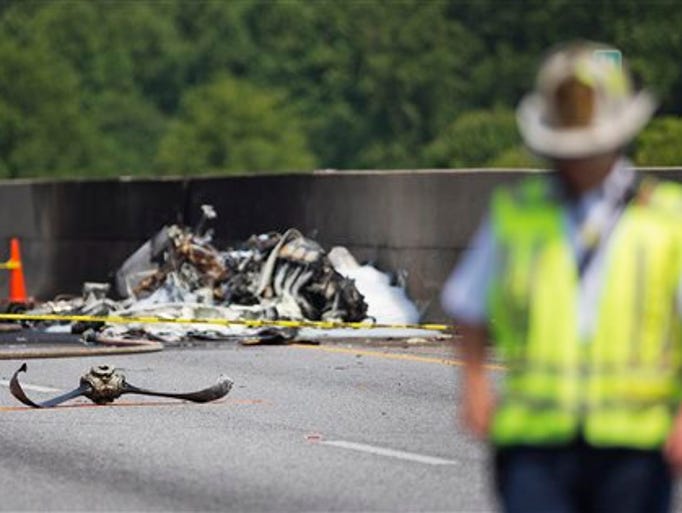For a lot of folks it's more about back slapping and self reassurance. More- "I would never do that, so flying is still super safe for me." There isn't a lot to be learned from these threads really other than,
it can happen to any of us on any flight. That means you too! (Meaning here is everyone reading the thread)
In this crash, I hate to say it, but I think it was really just this guy's number was up and he happened to have a bunch of passengers who's numbers were up. All this talk of heroically diving for the remaining concrete and sliding into the over run gear up because he should have eagle eyed a drop in oil pressure on the gauges, or heard a funny sound, or felt a disturbance in the Force that he hasn't felt for a very, very long time is BS. 99.999% of us would have done the same as him.
Myself included. I make no illusions of how "safe" flying single engine piston singles is. Particularly over hostile environment like urban areas. Nor do I make illusions of my heroic saves that I would make with my superior skills and training. I'm a regular guy with average skills and likely would be just as dead as this guy.
R.I.P. fellow aviator, I feel your family's pain.








